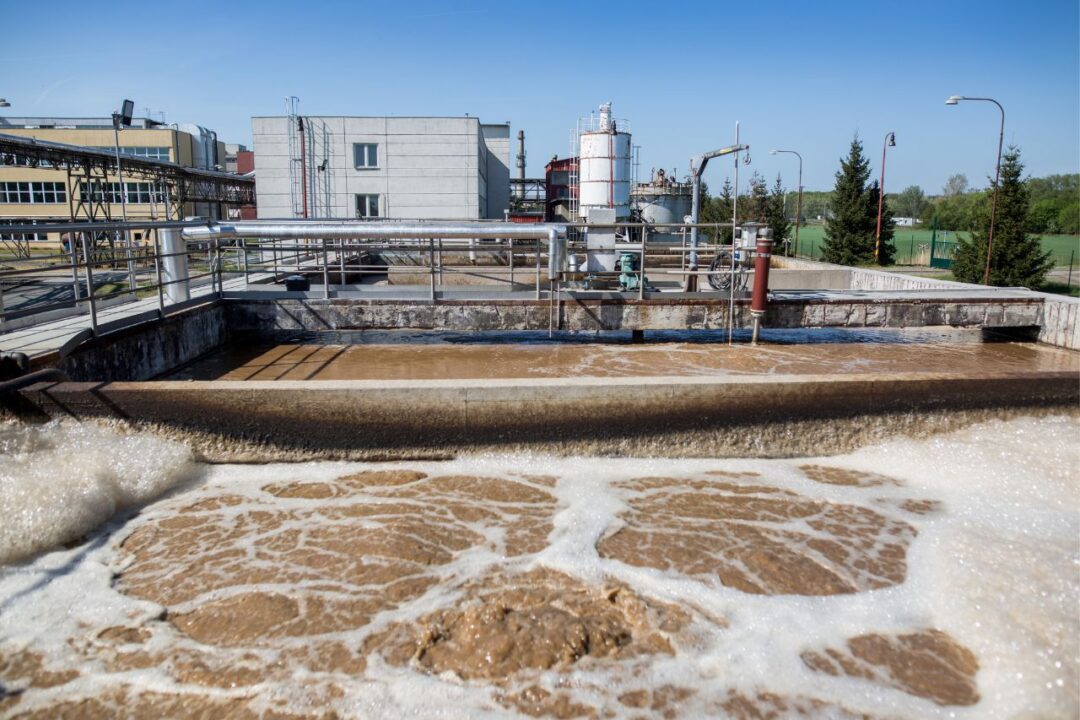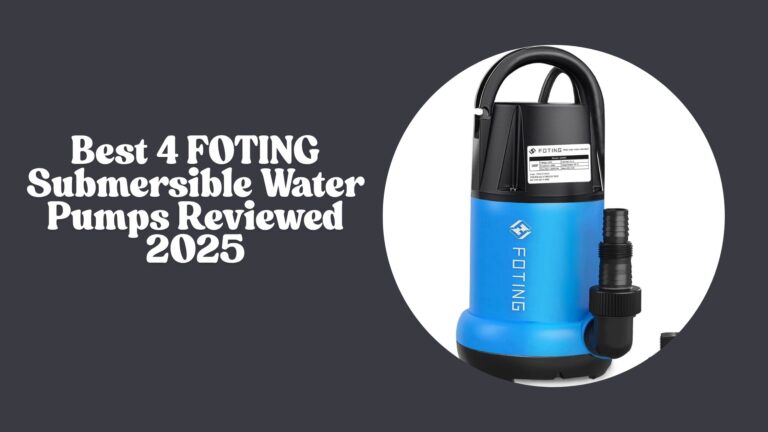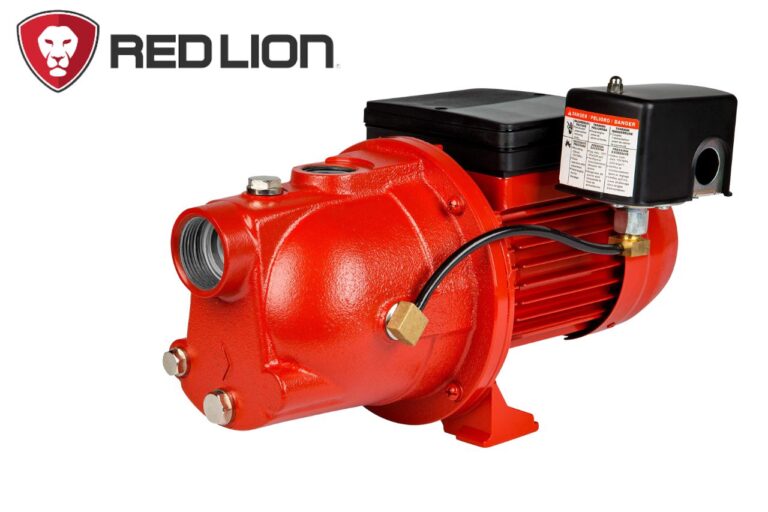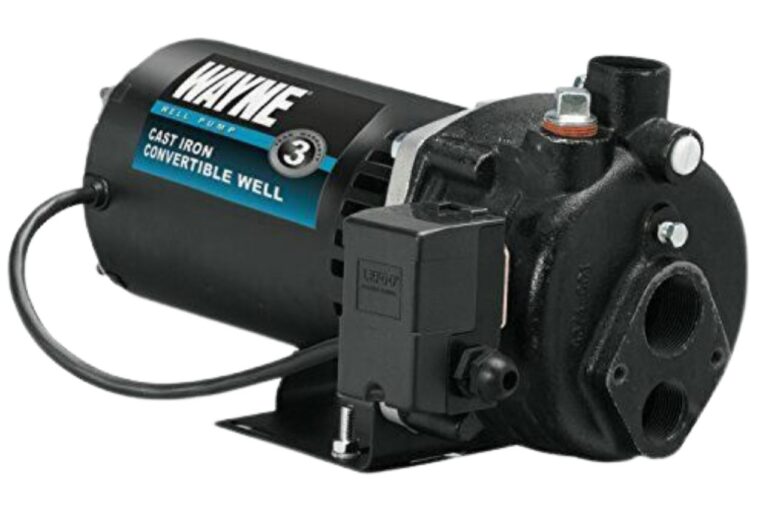Can Centrifugal Pumps Efficiently Handle Solids?
Discover the capabilities of centrifugal pumps in handling solids as we delve into their limitations.
Centrifugal pumps are widely utilized across industries, but their effectiveness in managing solids raises questions.
We will address concerns such as clogging, wear and tear, and overall efficiency.
By examining advancements in pump technology and key performance factors, we provide valuable insights into the effectiveness of centrifugal pumps in handling solids.
Whether you’re an engineer, a plant operator, or simply interested in pump technology, this article will deepen your understanding of this crucial aspect of fluid management.
What is covered:
- Exploring the limitations of centrifugal pumps in handling solids
- Overcoming challenges in handling solids with centrifugal pumps
- Enhancing efficiency in handling solids with effective strategies
- Key factors influencing the handling of solids by centrifugal pumps
- Specialized centrifugal pump designs for effective solids handling
Understanding the Limitations of Centrifugal Pumps
Centrifugal pumps are known for their ability to handle liquids with ease, but when it comes to solids, they face several limitations.
One of the main challenges is clogging.
Solid particles can get stuck in the impeller or the pump casing, leading to reduced flow and increased wear and tear.
Another limitation is the size of the solids that can be effectively handled.
Centrifugal pumps are typically designed to handle particles up to a certain size, and anything beyond that can cause issues.
Additionally, the density and concentration of solids can impact the pump’s performance.
Higher concentrations or denser solids can lead to reduced efficiency and increased maintenance requirements.
Despite these limitations, centrifugal pumps can still handle solids to some extent, and advancements in pump technology have allowed for improved performance in recent years.
Factors Affecting the Handling of Solids by Centrifugal Pumps
Several factors influence the ability of centrifugal pumps to handle solids efficiently.
One of the key factors is the size and shape of the solid particles.
Larger particles or irregularly shaped solids are more likely to cause clogging and wear on the pump’s components.
The concentration of solids in the fluid being pumped also plays a role.
Higher concentrations require pumps with larger impeller clearances and higher horsepower to maintain optimal performance.
The viscosity of the fluid can also impact solids handling, as more viscous fluids tend to carry solids differently than low-viscosity liquids.
Another important factor is the pump’s design.
Certain types of centrifugal pumps, such as recessed impeller pumps or vortex pumps, are specifically designed for handling solids and can offer better performance in these applications.
Challenges in Handling Solids with Centrifugal Pumps

Handling solids with centrifugal pumps can pose several challenges. As mentioned earlier, clogging is a common issue.
Solid particles can accumulate in the impeller or the pump casing, leading to reduced flow and efficiency.
This can result in increased energy consumption and maintenance costs. Wear and tear on the pump’s components is another challenge.
Solid particles can cause abrasion, erosion, and corrosion, leading to premature failure of the pump.
Additionally, the presence of solids can affect the pump’s hydraulic performance, causing increased head loss and reduced flow rates.
These challenges highlight the need for careful consideration when selecting and operating centrifugal pumps for solids handling applications.
Strategies to Improve Efficiency in Handling Solids
Despite the limitations and challenges, there are strategies that can help improve the efficiency of centrifugal pumps when handling solids.
One approach is to use pumps with larger impeller clearances.
This allows for better passage of solids through the pump and reduces the risk of clogging.
Another strategy is to use pumps with hardened materials or coatings that can withstand the abrasive nature of solids.
Regular maintenance and inspection of the pump’s components are also crucial to ensure optimal performance.
This includes cleaning, lubrication, and replacement of worn parts.
In some cases, it may be necessary to install additional equipment, such as screens or filters, to remove larger solids before they reach the pump.
These strategies, combined with proper pump selection and operation, can help maximize the efficiency and longevity of centrifugal pumps in solids handling applications.
Types of Centrifugal Pumps Designed for Handling Solids
To overcome the limitations of conventional centrifugal pumps, several specialized pump designs have been developed specifically for handling solids.
One such design is the recessed impeller pump, which features an impeller with an open or semi-open design.
This allows for the passage of larger solids without clogging the pump.
Another type is the vortex pump, which creates a swirling motion in the fluid, effectively separating and handling solids.
These pumps are often used in applications where large or abrasive solids are present.
Additionally, self-priming centrifugal pumps are commonly used for solids handling applications, as they can handle a wide range of particle sizes and concentrations.
These specialized pump designs offer improved performance and reliability when it comes to handling solids.
Case Studies of Successful Solids Handling with Centrifugal Pumps

Several industries have successfully utilized centrifugal pumps for solids handling applications.
One such industry is wastewater treatment, where centrifugal pumps are used to transport sludge, grit, and other solid waste materials.
By selecting the appropriate pump design and implementing effective solids handling strategies, operators can ensure efficient and reliable operation of their wastewater treatment facilities.
Another industry that relies on centrifugal pumps for solids handling is mining.
Centrifugal pumps are used to transport ore slurry, tailings, and other mining byproducts.
In these applications, pumps with high wear resistance and robust construction are essential to withstand the abrasive nature of the solids.
These case studies demonstrate the successful implementation of centrifugal pumps in handling solids across various industries.
Maintenance and Troubleshooting Tips for Handling Solids with Centrifugal Pumps
Proper maintenance and troubleshooting are essential for ensuring the optimal performance of centrifugal pumps in solids handling applications.
Regular inspection of the pump’s components, such as the impeller, casing, and seals, is necessary to identify any signs of wear or damage.
Cleaning and lubrication of the pump should be performed as recommended by the manufacturer.
In case of clogging, it is important to follow proper procedures for clearing the pump and removing any trapped solids.
Regular monitoring of pump parameters, such as flow rate, pressure, and temperature, can help identify any issues before they escalate.
It is also advisable to keep spare parts on hand to minimize downtime in case of component failure.
By following these maintenance and troubleshooting tips, operators can maximize the efficiency and reliability of centrifugal pumps in handling solids.
Comparison with Alternative Pump Types for Solids Handling

While centrifugal pumps have their limitations in handling solids, they are still widely used due to their versatility and cost-effectiveness.
However, there are alternative pump types that may offer better performance in certain solids handling applications.
One such type is the positive displacement pump, which operates by trapping and displacing a fixed volume of fluid.
Positive displacement pumps are often used for handling highly viscous or abrasive fluids with high concentrations of solids.
Another alternative is the diaphragm pump, which uses a flexible diaphragm to create suction and discharge pressure.
Diaphragm pumps are known for their ability to handle fluids with high solids content and provide gentle pumping action.
When selecting a pump for solids handling, it is important to consider the specific requirements of the application and evaluate the pros and cons of different pump types.
Conclusion
In conclusion, while centrifugal pumps have limitations when it comes to efficiently handling solids, they can still be used effectively in solids handling applications.
By understanding the key factors that influence solids handling, implementing appropriate strategies, and selecting the right pump design, operators can overcome the challenges associated with solids handling.
The advancements in pump technology have also contributed to improved performance and reliability in handling solids.
However, it is important to consider alternative pump types for applications with highly viscous or abrasive fluids or when higher solids concentrations are involved.
Overall, centrifugal pumps remain a versatile and cost-effective choice for solids handling, and with proper maintenance and troubleshooting, they can provide efficient and reliable operation in various industries.







